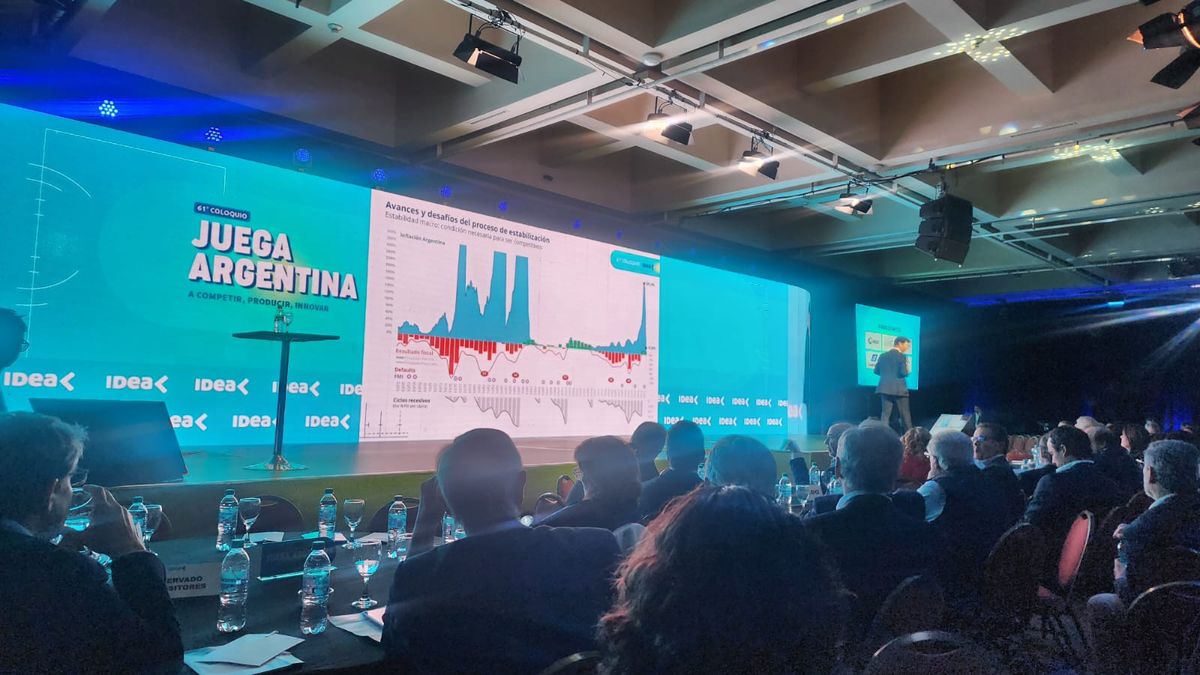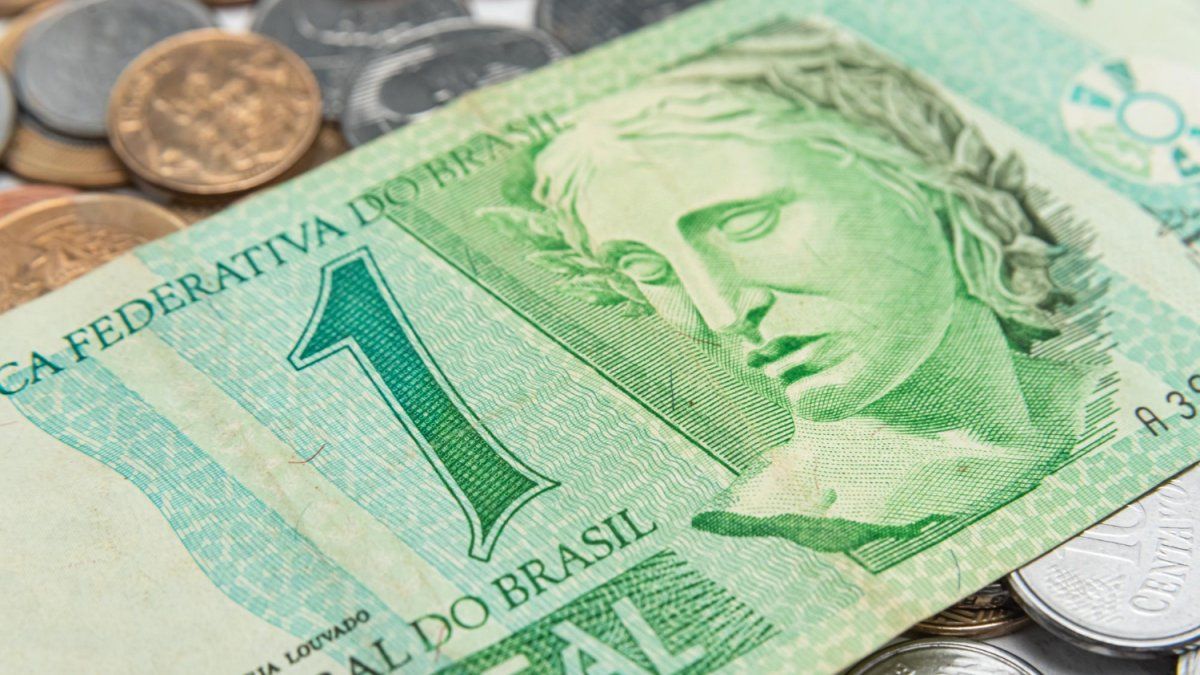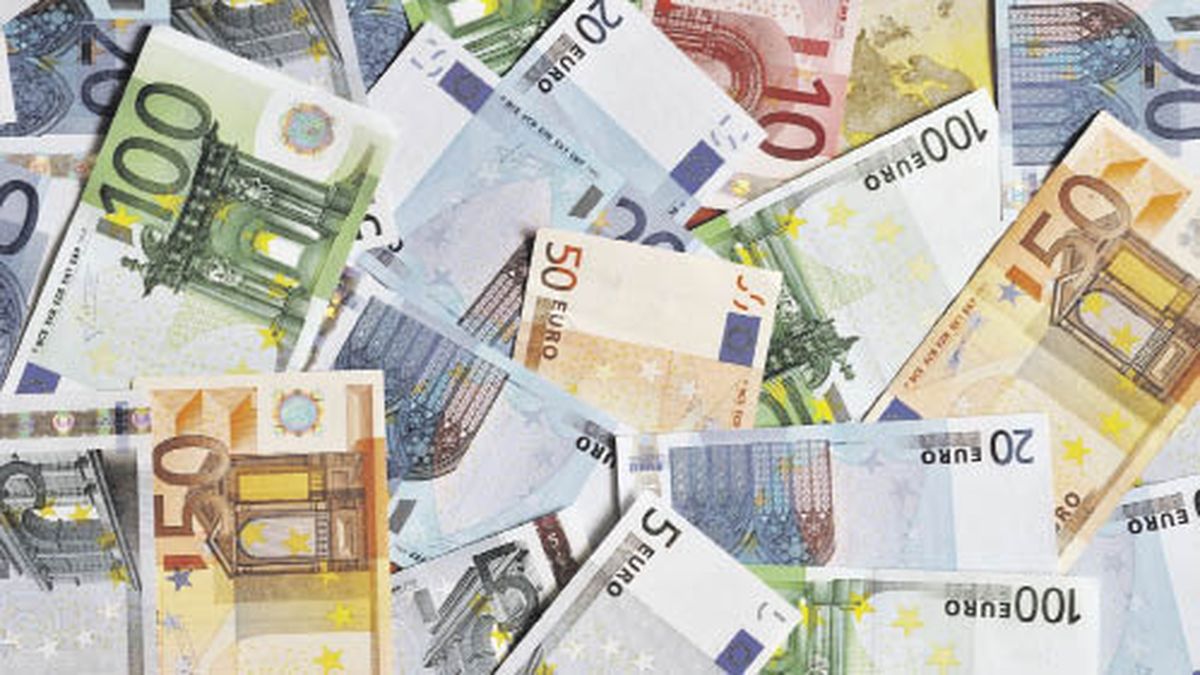Renewable energy communities (EEG) bring electricity producers and consumers together at a local level. In Upper Austria, one of the largest communities of this type is Stern-EEG. Founded a year ago, it already has more than 500 member households and businesses. 380 photovoltaic, five hydroelectric and one wind power plants generate the electricity that is used directly in the region. “When we founded the association, we spoke of a large number of potential members. However, even we board members could not have foreseen such a rush,” says Benjamin Reichl, chairman of Stern-EEG.
For more than a year, the population has been scared of rising electricity prices – with no real prospect of relief. At the same time, prices for excess PV energy have recently fallen to under 2 cents per kWh – that’s not even a tenth of the current energy purchase price. Companies with larger PV systems are even faced with negative prices in the summer months and therefore have to switch off some of their systems. “As Stern-EEG, we decouple ourselves from extreme market price fluctuations. We provide our members with 100 percent green electricity from the region at a discounted price,” says Reichl. This happens regardless of whether members generate electricity themselves and which main supplier they have – because the power purchase and power supply contract with the main supplier remains in place even after joining the EEG.
Members of the Stern-EEG can be municipalities, private households, farmers, associations and companies with a consumption or generation plant in the concession area of Netz Oberösterreich GmbH and a connection to the Rohrbach substation. This area extends from the western municipalities of Schwarzenberg am Böhmerwald and Kollerschlag via Neufelden in the south to Bad Leonfelden and Zwettl an der Rodl in the east.
A key strength of the Stern-EEG is that it can offer long-term and economically advantageous tariffs for members who supply and consume electricity. In addition, members of this regional EEG also benefit from a reduction in energy charges (-28% grid usage fee and elimination of the electricity charge and the renewable energy subsidy contribution). There is currently an energy price of 14 cents. Including reduced grid charges, sales tax and other energy charges, this is 22 cents per kWh. PV surplus feeders receive 12 cents net per kWh.
This price stability is particularly appreciated by company members, says Reichl: “Anyone who has to budget more than a year in advance wants to have transparent, predictable energy cost structures.” This predictability, combined with an ideal energy mix of the complementary energy sources wind, water, photovoltaics and biomass, is one of the main reasons for the high number of new members.
Information events planned
The next information evenings are already being planned: on July 30th (Platzhirsch, Zwettl/Rodl), on July 31st (Leonfeldner Hof) and on August 1st (Oberneukirchen community hall). Each event begins at 7:30 p.m.
My themes
For your bookmarked topics
new articles found.
info By clicking on the icon you add the keyword to your topics.
info
By clicking on the icon you open your “my topics” page. You have of 15 keywords saved and would have to remove keywords.
info By clicking on the icon you remove the keyword from your topics.
Add the topic to your topics.
Source: Nachrichten




